Anyone who has shared their life with a dog knows that while dogs can eat most things, it doesn’t mean they should! Bananas make a tasty snack and even offer some health benefits. However, like many human foods, there’s more to consider when deciding if it’s a good option for your dog. Especially when it comes to the peel.
Understanding both the benefits and potential risks of bananas for your dogs will help you decide whether this fruit is the right choice for their next snack.
Plus, find out what to do if your dog does devour a banana, peel and all.
The Nutritional Benefits of Bananas
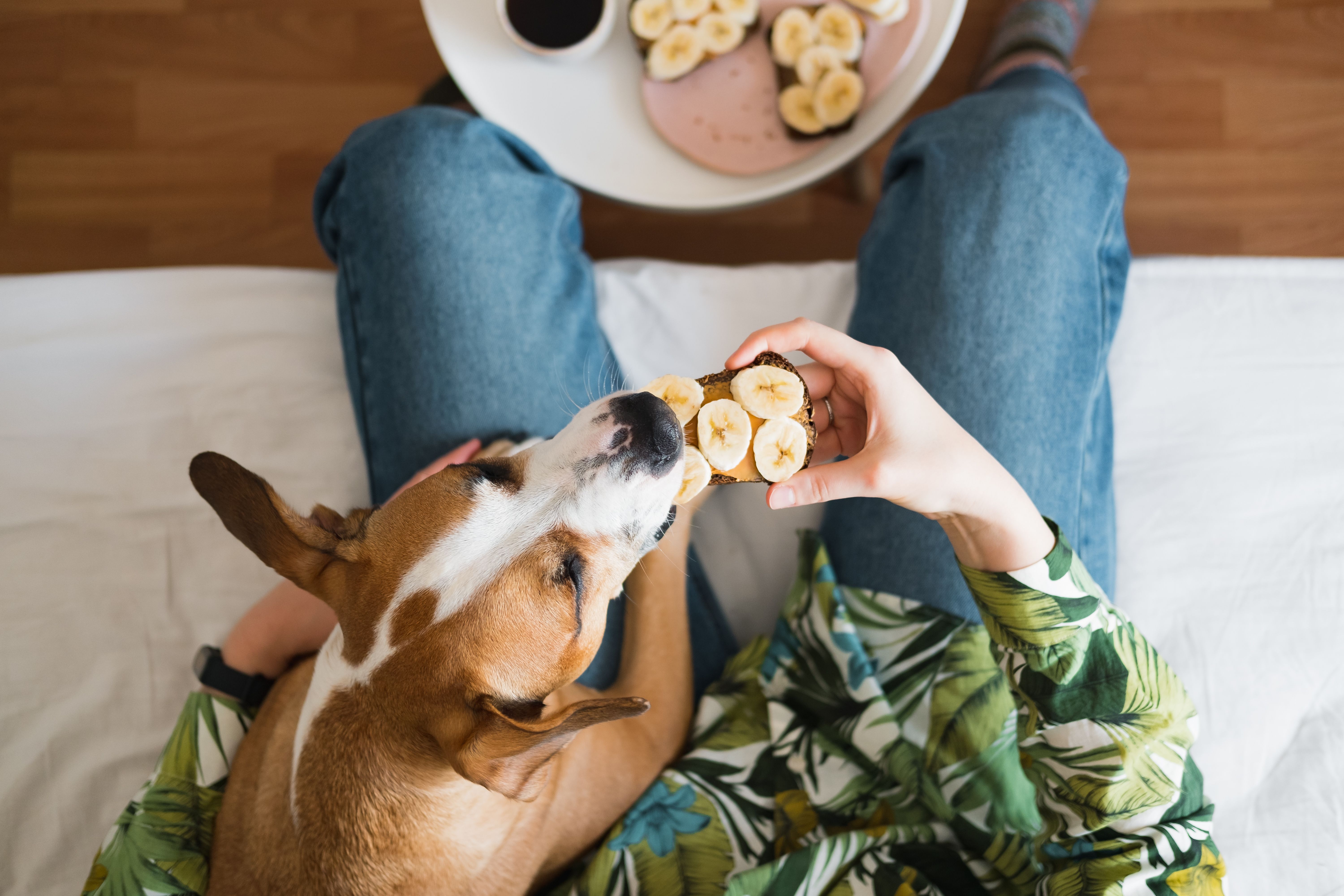
Sharing a peanut butter and banana sandwich with a dog.
Experts say that it is perfectly acceptable to feed your dog bananas from time to time. Though relatively high in fat and sugar, they also contain many key nutrients for your dog’s health. Plus, if you have an active dog, it provides excellent fuel to support their high-energy lifestyle.
Bananas are a great source of vitamin B12, vitamin B6, potassium, protein, and magnesium. This has many benefits for your dog’s health, including:
- Supporting brain development and function
- Helping with the production of red blood cells
- Aids nerve transmission and enzyme activity
- Boosting the immune system
- Contributing to bone health and muscle function
- Promoting healthy blood sugar levels
For these reasons, many dog parents add bananas to their dog’s diet in moderation. After all, it’s a tasty way to improve their health while offering them something special.
The Trouble with Banana Peels for Dogs
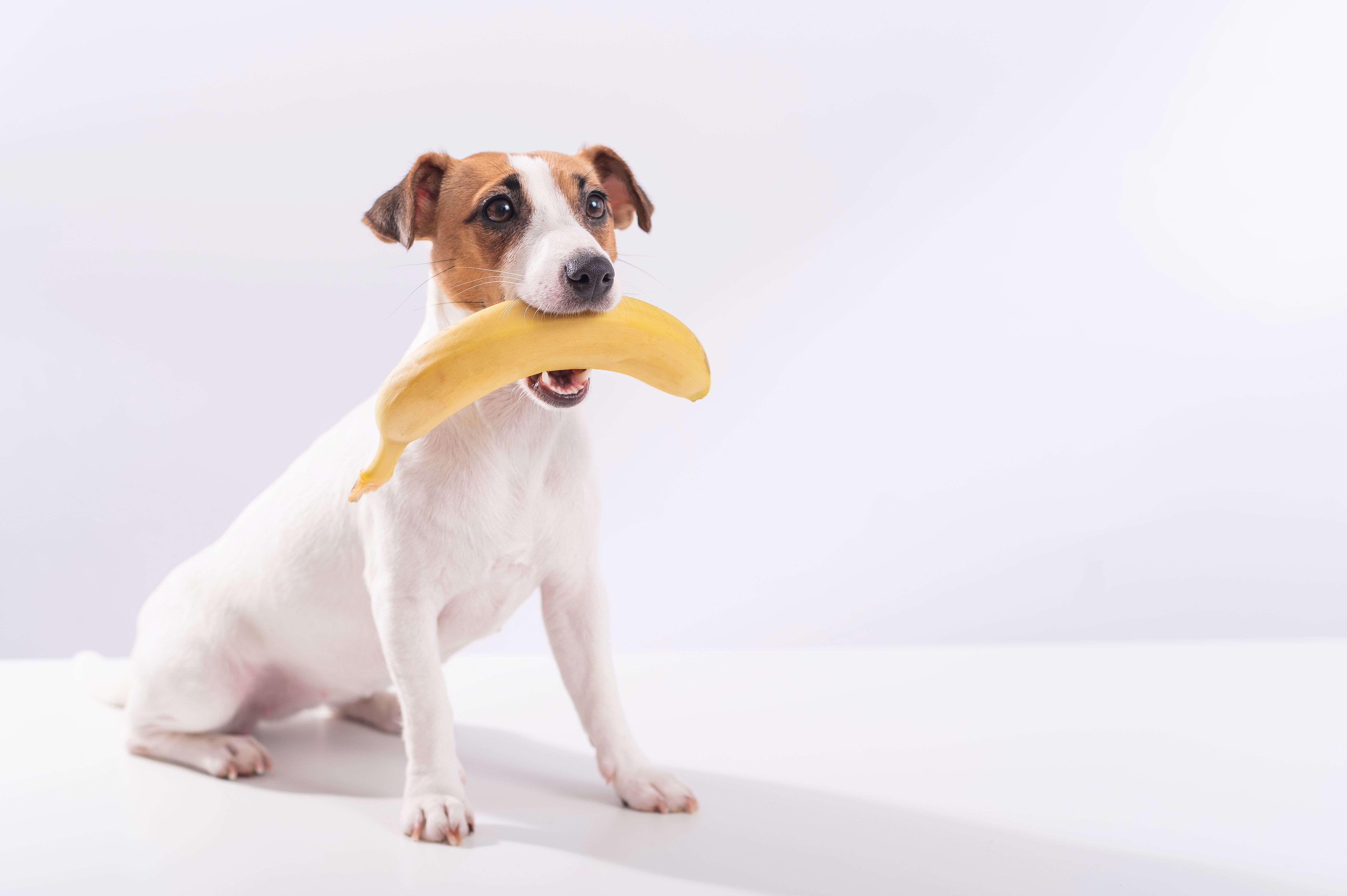
Jack Russell terrier dog holds a banana in his mouth.
While the inside of a banana can be a nutritional treat for your dog, the peel is a different story. Banana peels are high in insoluble fiber and cannot be easily digested. This can lead to many issues and potential health complications.
Too much fiber can cause gastrointestinal problems, including vomiting, diarrhea, and abdominal discomfort in some dogs. This can bother any dog, but smaller dogs and those with sensitive stomachs are particularly prone to these issues.
If your dog eats a large piece of banana peel, it may lead to a blockage in the digestive tract. Signs of a blockage include excessive drooling, vomiting, constipation, loss of appetite, signs of distress (crying out, pacing, hunching over), bloating, abdominal pain, and loss of energy. This is a serious and potentially life-threatening medical emergency. If you suspect a blockage, you need to get your dog to the nearest veterinarian or emergency clinic as quickly as possible.
Another risk that is often overlooked when feeding fruit is the potential for pesticide residue on the peel. Always wash bananas thoroughly when you bring them home, even if you don’t plan on feeding your dog the peel.
Help – My Dog Ate a Banana Peel! What Should I Do?
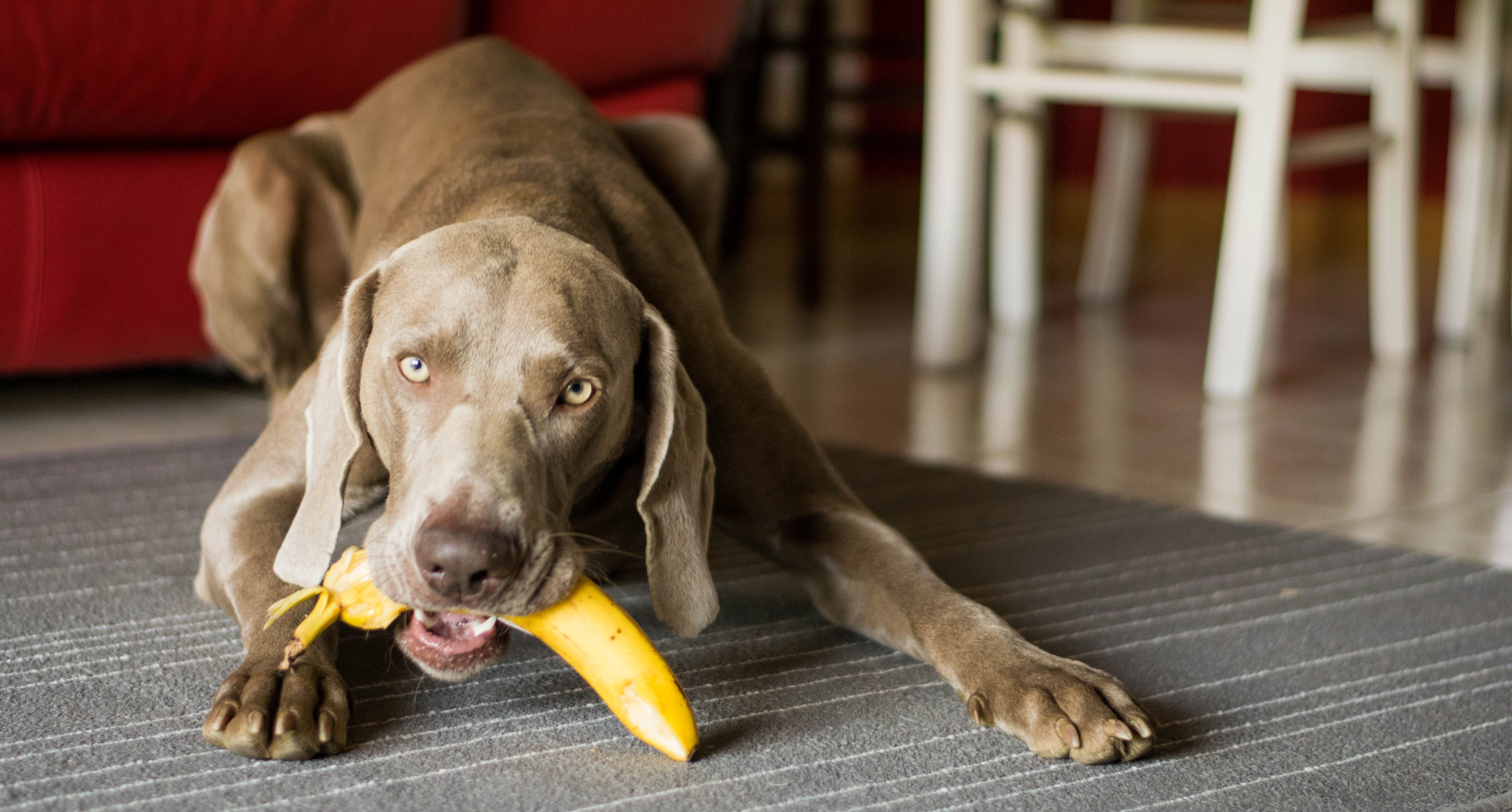
Dog eating banana with peel.
Many of us know that, despite our efforts to protect our dogs, they occasionally end up sneaking forbidden foods. Whether your dog was counter-surfing or nosing through the garbage, you may have reason to suspect they have eaten a banana peel.
Don’t panic! Banana peels are not the ideal choice for our dogs, but they are also not toxic. Your dog may experience vomiting or diarrhea because of their upset stomach, but these symptoms should subside within a few hours. Monitor them closely as you wait for them to get better.
Digestive issues, regardless of the cause, can lead to dehydration. Make sure you have plenty of fresh water available.
If your dog’s symptoms are getting worse or they aren’t showing any improvements, contact your veterinarian. Explain the situation, including how much of the peel they ate, if you can identify it. They can guide you on the best steps to make your dog feel better and help you decide if you need to take your dog in for medical care.
Tips for Serving Bananas Safely
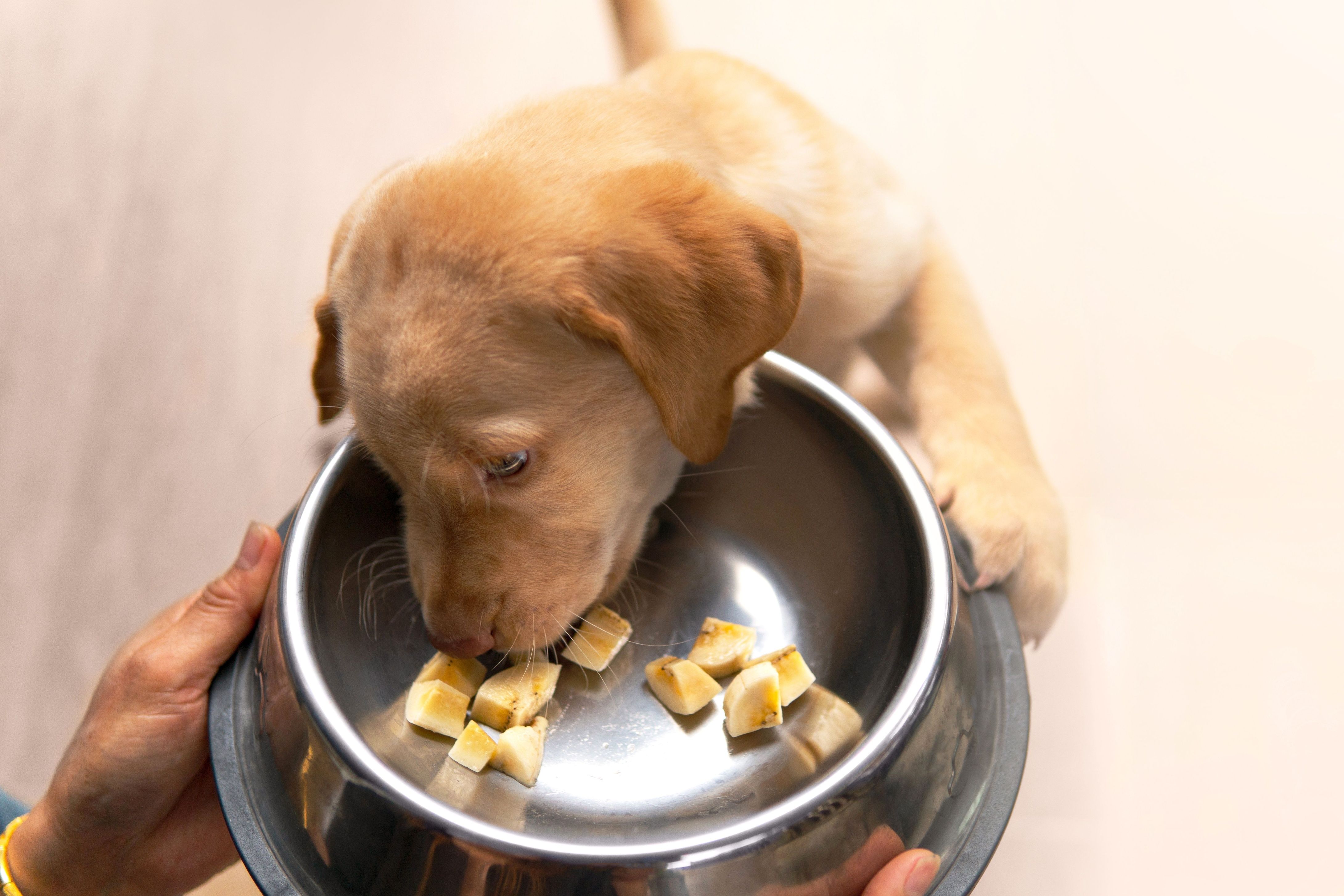
Labrador retriever puppy eating banana sliced in a dog bowl.
Does your dog love the sweet taste of a banana? Here are some tips for feeding bananas while reducing the risk of trouble:
- Moderation is key: With their high sugar and fat content, even the nutritious inside of a banana could make your dog feel ill. Feed bananas as an occasional treat, not a staple in their diet.
- Consider your dog’s size and health: When deciding how much to feed your dog, consider their individual needs. Smaller dogs and those with sensitive stomachs should be fed very limited portions. If you have a large dog, they can snack on a bigger piece.
- Peel and slice the banana before feeding: In addition to removing the peel, experts recommend cutting the banana into small, bite-sized pieces to prevent choking and make their treat easier to digest.
- Monitor for reactions: Anytime you feed your dog something new, you must watch closely for any signs of trouble. If you notice any adverse reactions, stop feeding the bananas immediately.
- Consult your veterinarian: Are you concerned about whether bananas are safe for your dog? Do they have specific dietary needs? Don’t hesitate to contact your veterinarian for personalized advice.
If bananas make your dog sick, many other fruits offer similar nutritional benefits and may be a little easier on their digestive system. Some great options include apples (without the core or seeds), blueberries, strawberries, and seedless watermelon.
Bananas: A Treat for Your Furry Friend?
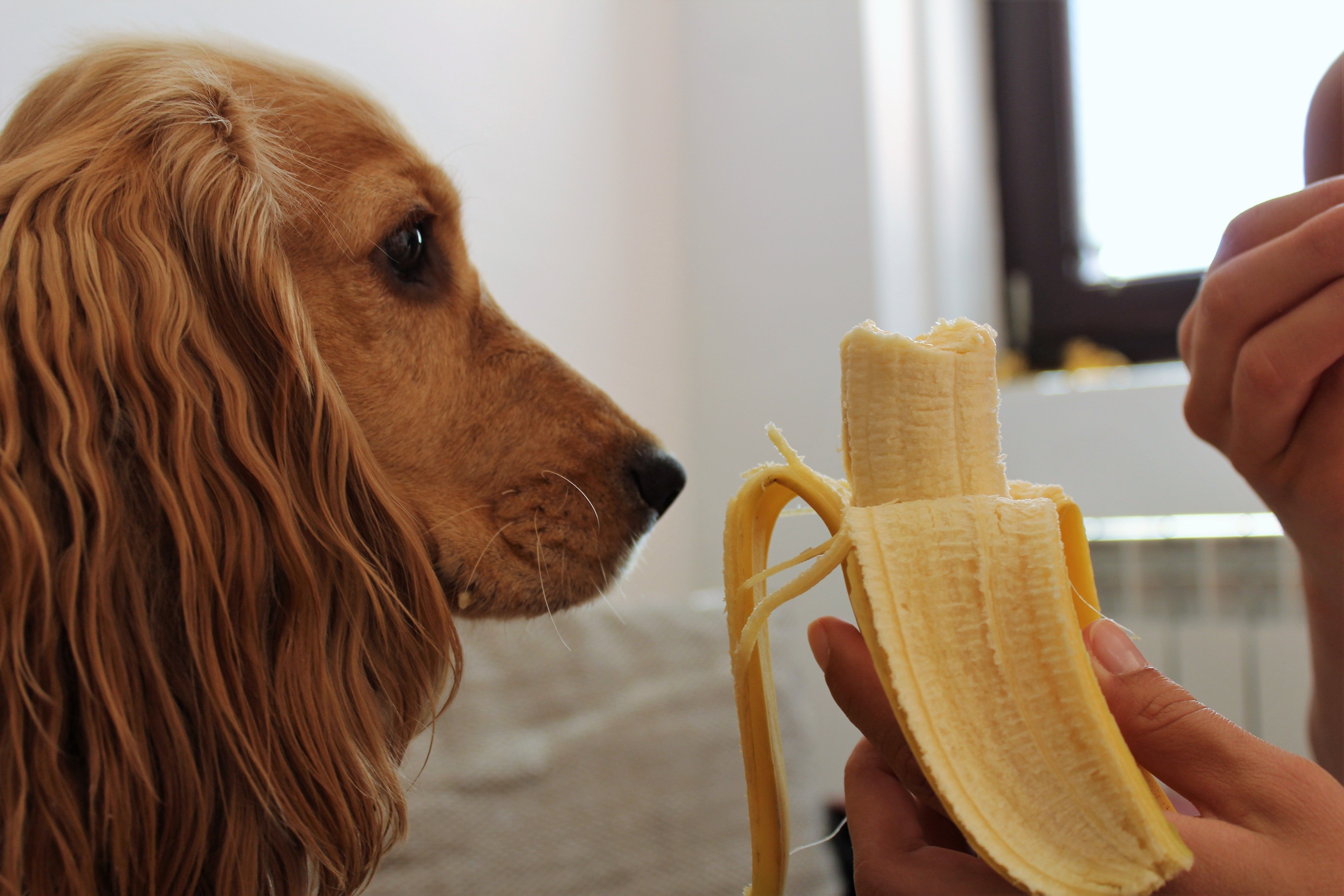
Dog thinking about eating banana.
Bananas can be a healthy and enjoyable treat for your dog in moderation when prepared correctly, but make sure you take the peel off first! By understanding the potential risks, you can treat your dog to the health benefits of fruit without any unwanted side effects.
Of course, accidents happen. If your dog has eaten a banana peel, try to stay calm. Assess the situation to see if you can identify how much they have eaten. Monitor your dog carefully and keep them hydrated. If they are showing serious side effects or appear to be getting worse, contact your veterinarian.
By making informed choices about your dog’s treats and focusing on feeding a complete and balanced diet, you can help give them a life of long-term health and happiness. Your dog is worth it!

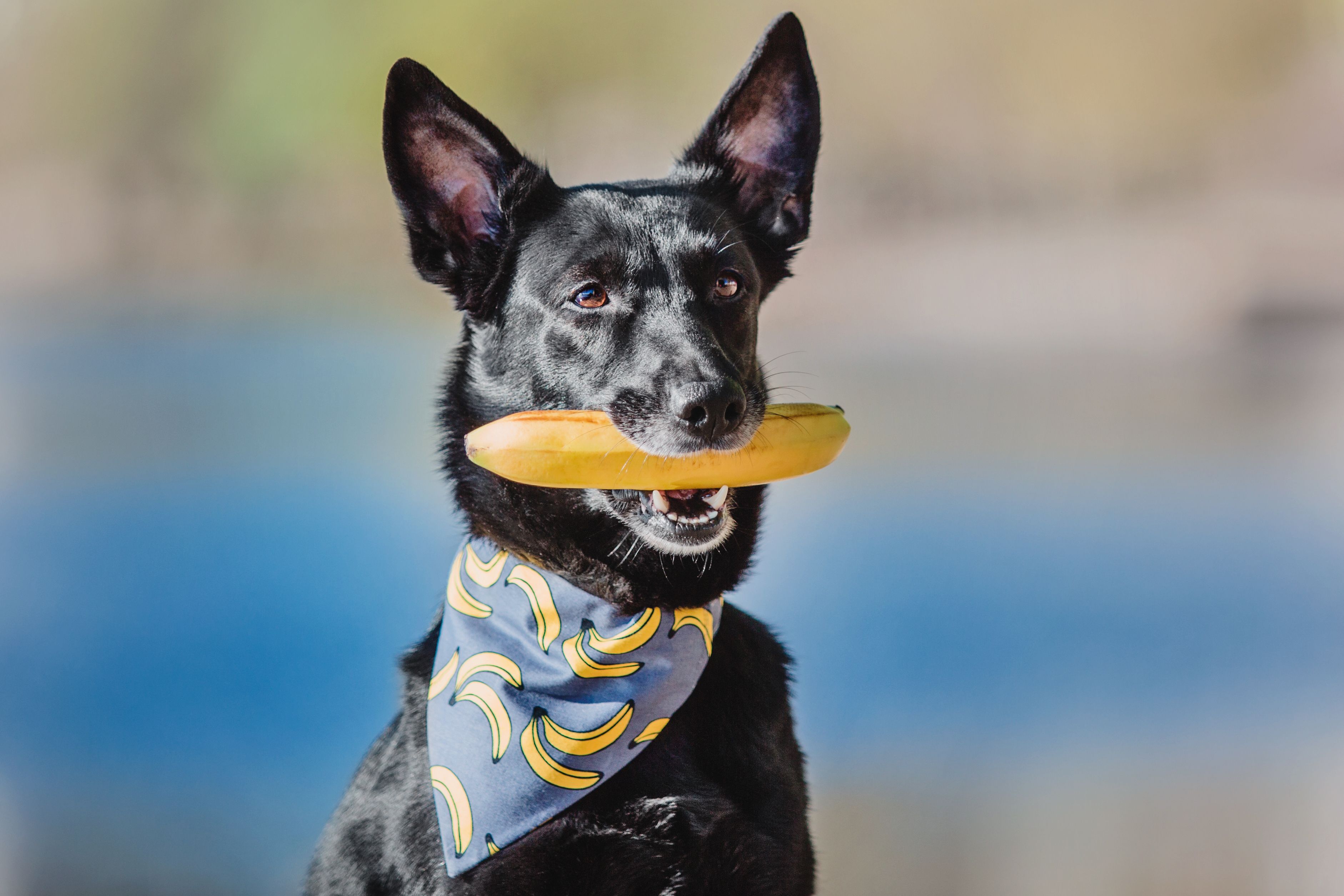
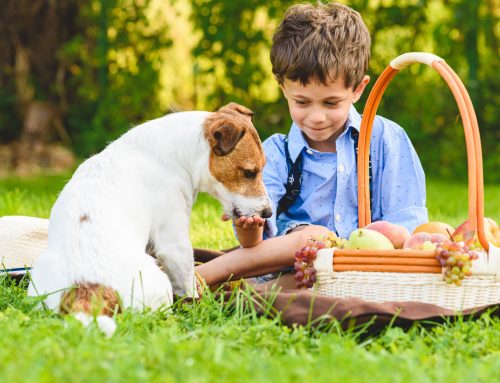
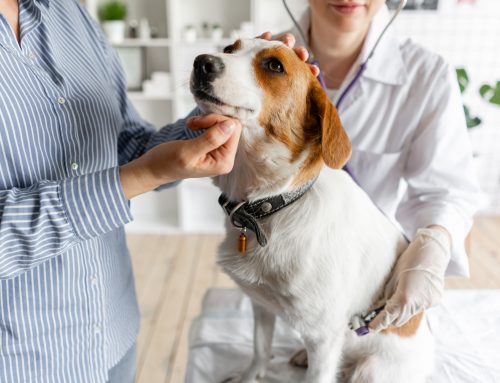
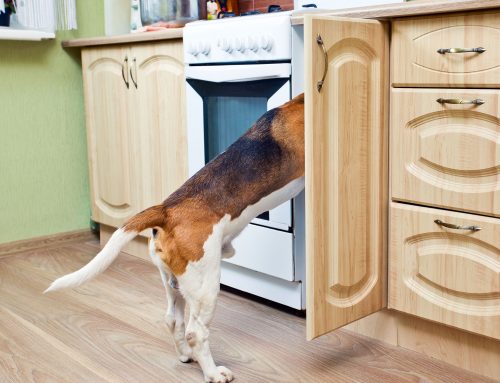


My brother recommended I might like this web site He was totally right This post actually made my day You cannt imagine just how much time I had spent for this information Thanks